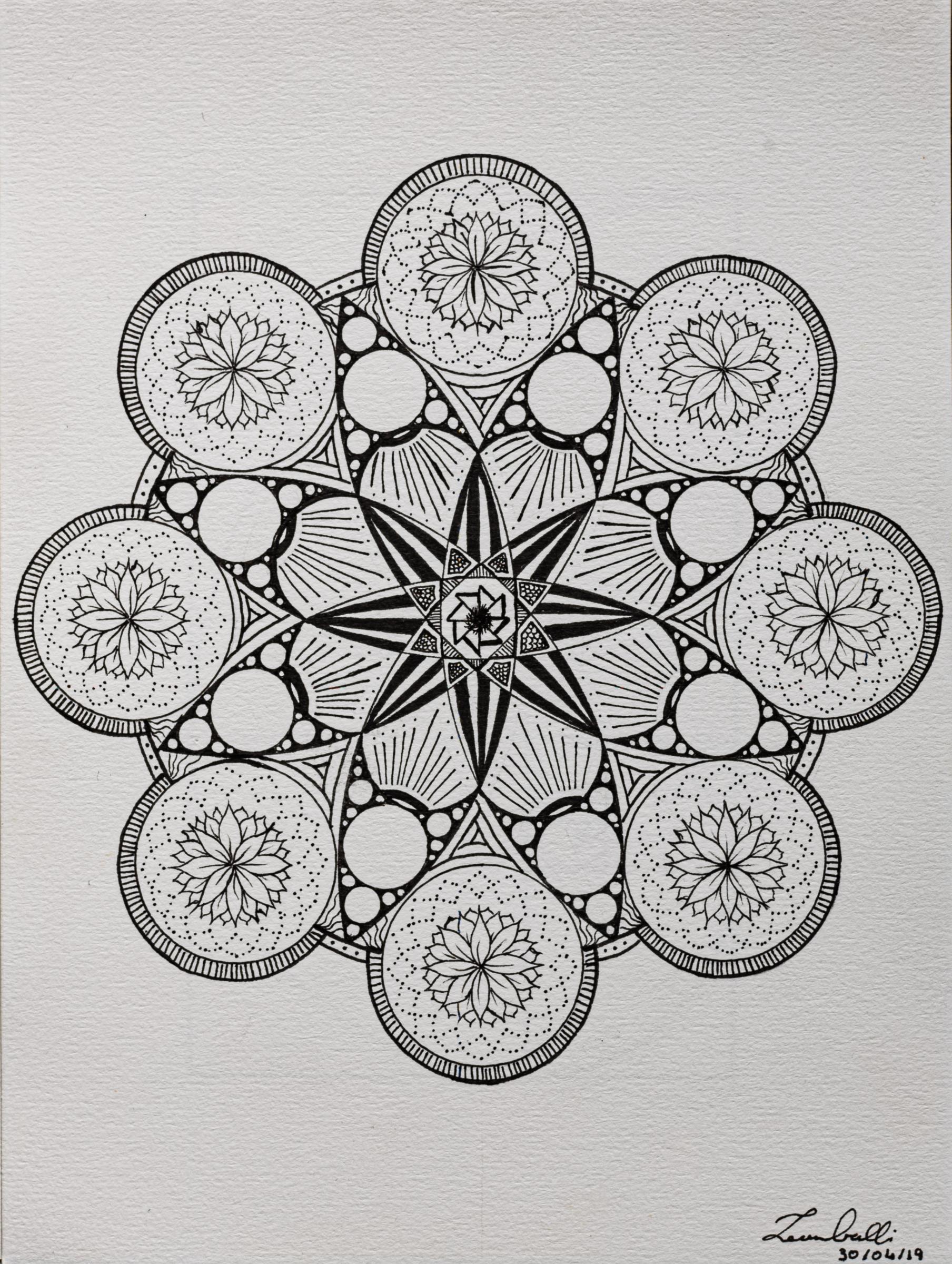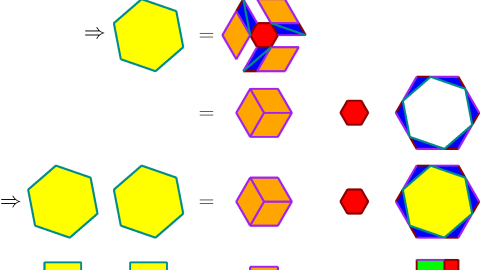A Penrose integral formula for hyperkahler metrics.
Abstract
It is a well-known fact that conformal structures on Riemann surfaces are in 1:1 correspondence with complex structures, but have you ever wondered whether this is just a fluke in 2 dimensions? In this talk, I will explain the concept of Penrose's "non-linear graviton", a fancy name for the twistor space of a hyperkahler manifold and one of the major historical achievements of Oxford maths. The twistor correspondence associates points of the hyperkahler manifold with certain holomorphic rational curves embedded in twistor space. We will see how information of the hyperkahler metric can be encoded purely in the complex structure on twistor space, giving a partial but welcome generalization of the 2-dimensional "fluke". Then I will outline a recently found Dolbeault-framework for the metric's reconstruction from local representatives of this complex structure. This provides an explicit integral formula for Kahler forms and consequently for the hyperkahler metric in terms of holomorphic data on twistor space. Finally, time permitting, I will discuss some interesting applications to (some or all of) PDEs, hyperkahler quotients, and the physics of "quantum gravity".



